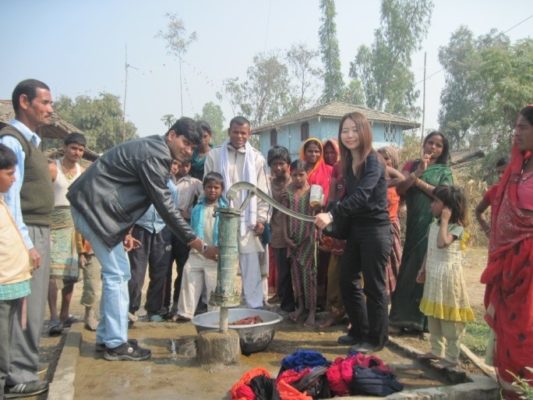20 March 2019 · Global Partnership for Zero Leprosy
Program Profile: Nepal
Over the past several decades, great efforts have been made in controlling leprosy worldwide. However, leprosy remains a challenge in many countries, with South-East Asia bearing the brunt. These countries are all determined to overcome leprosy and its complications. Every month we will be highlighting a country in the WHO South East Asia Region to show the steps they are taking towards a leprosy-free region.
Did you know Nepal has the highest number of foreign-born cases? In FY 2016-2017, 15% of all new leprosy cases were foreign born. This month, we are looking at the progress Nepal is making towards ending leprosy.
Background
Over the span of 10 years (2008-2017), Nepal has successfully decreased the number of leprosy cases within the country. In 2008, Nepal had 4483 new cases and the most recent data from 2017 shows that there are 3215 new cases. As mentioned before, a good amount of these cases (about 600 cases) identify as foreign-born cases. As of FY 2016-2017, Nepal reported 9 child cases with grade-2 disability (G2D), 3.04 rate of newly diagnosed leprosy patients G2D per million, and one legislation allowing discrimination on basis of leprosy. To manage and overcome all new leprosy cases, Nepal created Global Strategy Targets to guide them on the journey to overcome leprosy and its complications.
Global Strategy Targets include:
- Zero grade-2-disability (G2D) among pediatric leprosy patients
- Reduction of new leprosy cases with G2D to less than one case per million population
- Zero countries with legislation allowing discrimination on basis of leprosy
To reach the country’s Global Strategy Targets, Nepal implemented the three pillars of the WHO’s Global Leprosy Strategy for 2016-2020.
Pillar I Implementation includes:
- Partnerships with nongovernmental organizations such as WHO, Sasakawa Memorial Health Foundation, and Novartis Foundation
- Free supply of multidrug therapy via WHO
- Capacity building of health workers and technical support
- Specialized care at referral centers

Pillar II Implementation includes:
- Community awareness activities such as World Leprosy Day celebration and development and distribution of IEC materials
- Voluntary cases reporting
- Active Case finding strategies/campaigns and cases detection
- Contact screening and case detection
- Chemoprophylaxis
Pillar III Implementation:
- Facilitate social inclusion of persons affected by leprosy
Regardless of the significant number of foreign-born cases, with the implementation of these multidisciplinary efforts we are confident Nepal is heading towards a zero leprosy nation.
This article was written by Sarah Doorodgar, Global Partnership for Zero Leprosy intern.